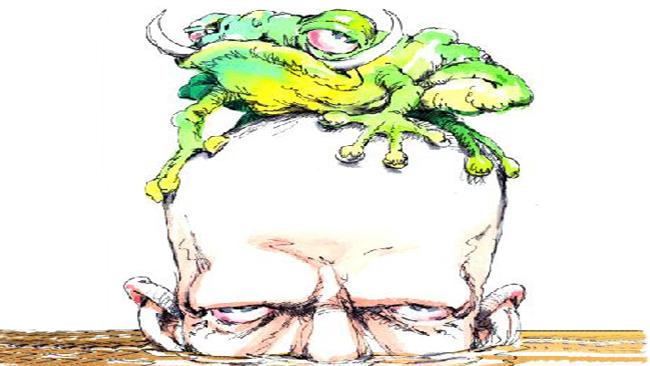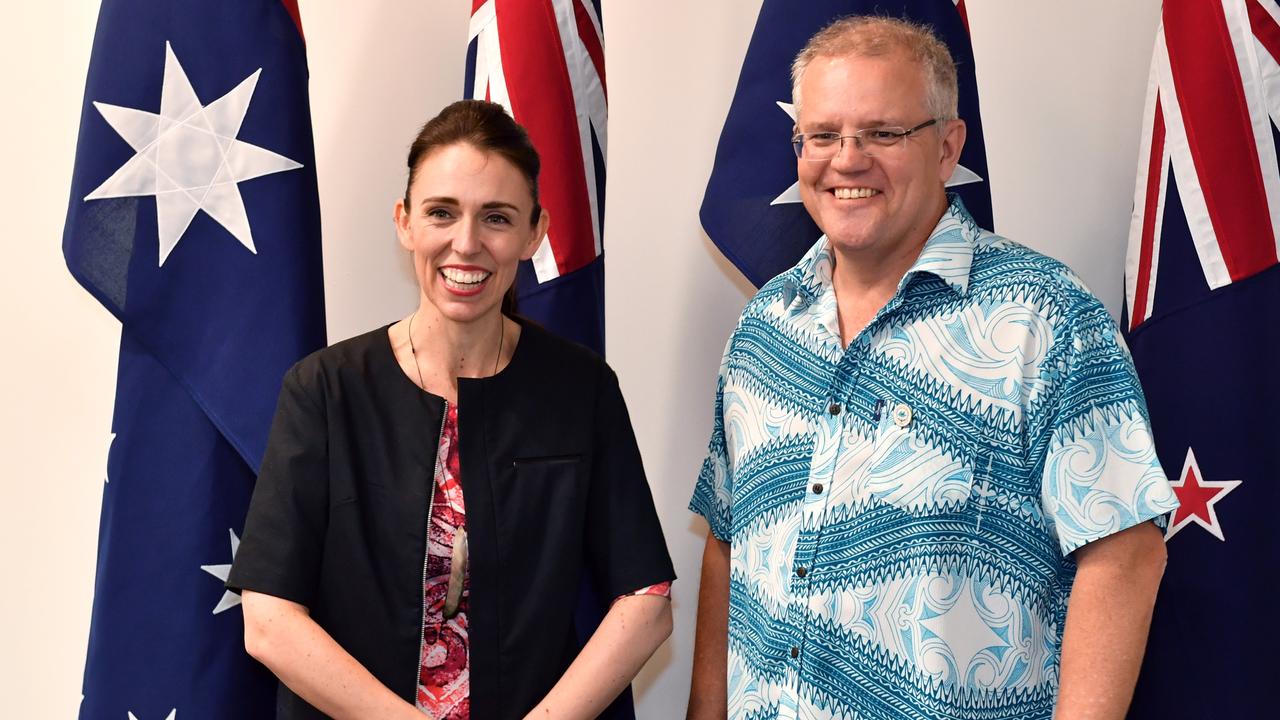
HERE'S one for Leigh Sales next time Tony Abbott appears on her show, as he is no doubt itching to do. "Yes, Mr Abbott, but have you actually read the review of economic aspects of Traveston Crossing Dam?"
No doubt the Opposition Leader's crusty supporters will splutter into their port and lemon, but before these people revive the ancient craft of dam building, they need to listen to the experts.
When southeast Queensland's reservoirs began to run dry in the middle of the long drought, the obvious solution seemed to be to build another one. Water was being rationed in southeast Queensland; sprinkling and hosing was forbidden; the use of a watering can was restricted to three days a week between 4pm and 7pm. The region's population was growing so rapidly that water use was predicted to rise by 40 per cent by 2026.
Queensland does not have the last word on these matters, however. Section 9 of the Environment Protection and Biodiversity Conservation Act 1999 gives the federal environment minister the power to mark the state government's homework, and in late 2009 Peter Garrett called in the Centre of International Economics in Canberra to look at it.
As it turned out, the dunces in Queensland had got it all wrong, according to the unnamed authors of the economic assessment, who chose to remain nameless, one presumes, only out of modesty. They found that the state government's cost-benefits analysis was "piecemeal". Not only had it not taken account of "risk and uncertainty" but it had failed to take account of it "in a meaningful way". The independent advisers' report, by contrast, was "robust" because, unlike the dopes in Queensland, they know that climate change alters everything, not just a little, but a lot.
The Traveston Crossing Dam's big flaw was that it relied on 5000-year-old technology; the construction of a wall to hold back water when it rained and release it when the weather was dry. It may have worked for the ancient Egyptians, but it would be hopeless in 21st-century Queensland where good old-fashioned rain is a thing of the past.
Nowadays, they have "rain events", too infrequent and too violent to flow obediently downhill from Mount Mee in an orderly fashion, meander north along the Mary River and fill a newly built dam. The Traveston Dam would just be another white elephant, trampling over those cute little critters, the tusked frog, the Mary River turtle, the Queensland lungfish and the Coxen's fig parrot (see accompanying report). Don't ask how the independent advisers know this stuff, they just do. That's what makes them so good; even the CSIRO squibbed it when asked to predict future rainfall patterns in Queensland. As the independent advisers acknowledge: "At this stage, the CSIRO modelling also does not incorporate how climate change may impact on characteristics such as the volatility and duration of rainfall events."
Note the strategic positioning of the clause "at this stage" and the implication that once the CSIRO boffins catch up with the independent advisers, they too will conclude that "the volatility and duration of rainfall events" makes dam building futile.
It would be impertinent to assume the simpletons who prepared the state government's cost-benefit analysis had not thought about climate change; like all responsible bureaucrats these days, they probably think about it all the time. Their calculations assume that Queensland's precipitation would fall by 10 per cent in the long term. The independent advisers, however, found that it was "simplistic" to look merely at rainfall totals. It ignored the risk of bush fires ripping through water catchments; ditto the polluted storm run-off that would be washed into dams by what the report calls "extreme rainfall events". The bottom line was that the "traditional approaches" (let's call them dams) should be abandoned for "portfolios that rely to a lesser extent on rain-fed sources of supply" (let's call them desalination plants).
So there you have it; the then environment minister had no option but to knock the Queensland government's reckless plans on the head. As Garrett explained to The Courier-Mail: "I take my duty as environmental (sic) minister very, very seriously." He said he had taken into account the risk to threatened species, social and economic issues, Australia's international obligations and "our precautionary principle".
Hindsight is a wonderful thing, of course, and we know what happened next. Within weeks of Garrett's decision, the drought broke in Queensland, rain fell heavily and the Mary River was in flood. Gympie was flooded in March 2010, January 2011, March 2012 and again last month. The Bruce Highway has been severed at least twice from the over-flowing Mary River.
Had the Traveston Crossing Dam gone ahead, it would have reduced the flood risk considerably, according to Queensland Water Infrastructure.
In the Gympie floods of 1999, for example, the flooded area would have been reduced by 30 per cent, saving all of the houses and 100 businesses from going under water.
After Gympie, the Mary River flows north through Tiaro and Maryborough before emptying into the sea 17km south of Hervey Bay. Last week the ABC reported that up to 80 per cent of the coral in Hervey Bay has been killed by sediment and debris from swollen rivers.
What the ABC did not report was that the Traveston Crossing Dam, which if it had gone ahead would have been completed last year, would have held back much of that sediment,
Still, that's how public policy works these days; a report by some no-name experts is brandished at a press conference, nobody bothers reading it, and the minister just does what he wanted to do all along.
It's good news for lungfish, bad news for representative democracy and rotten luck for coral.



